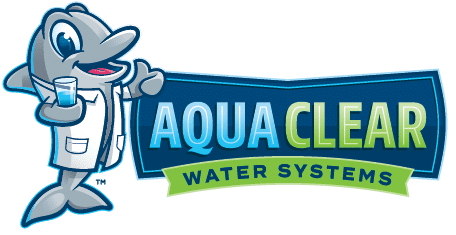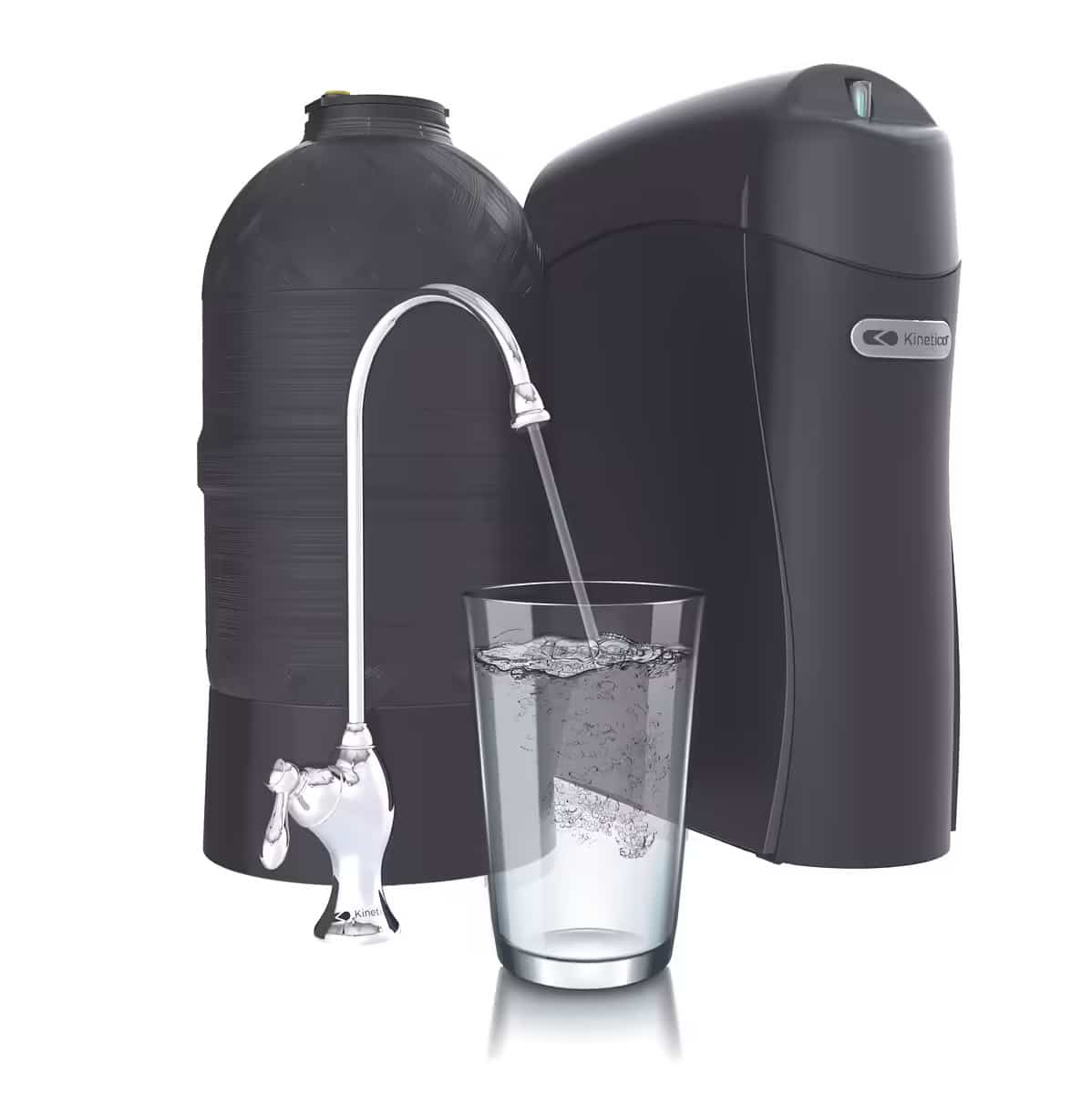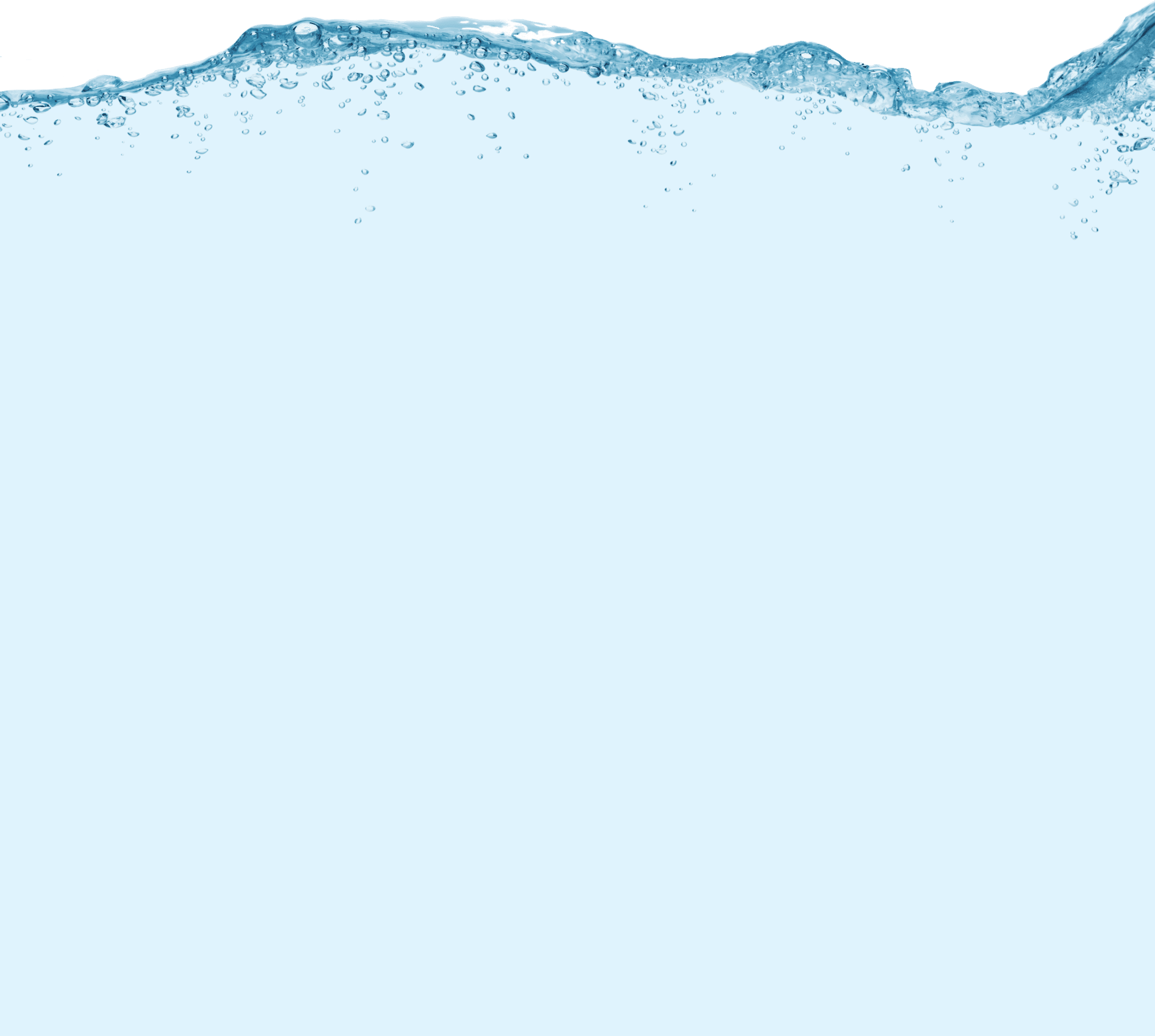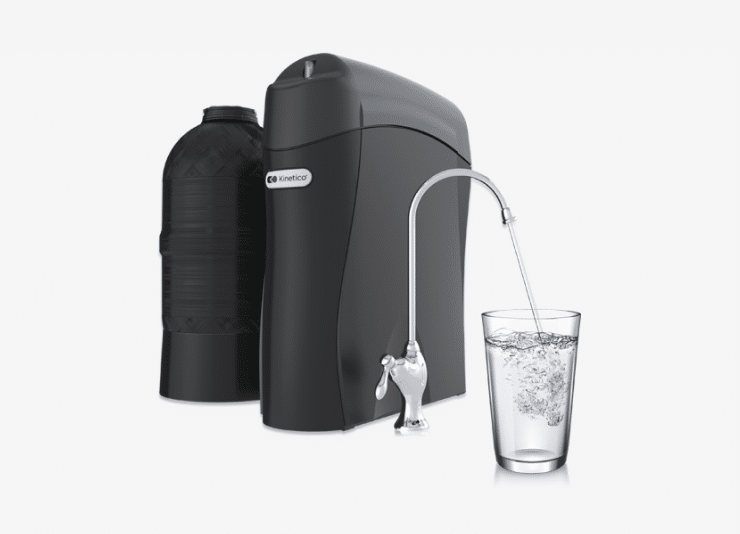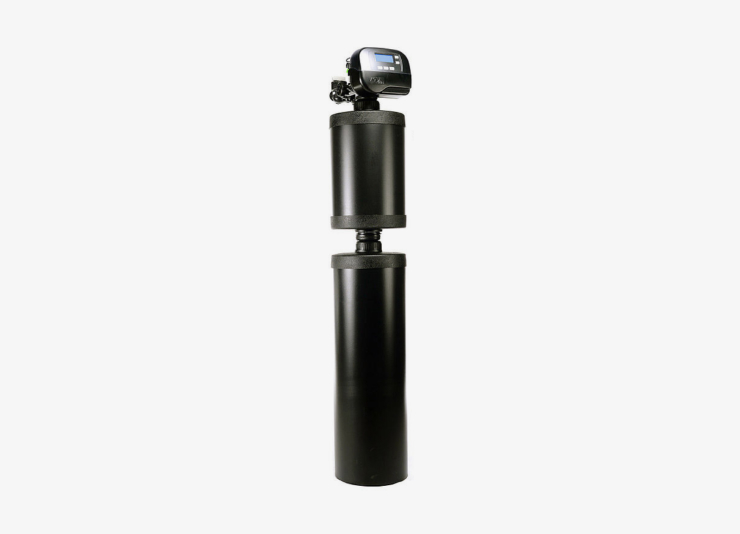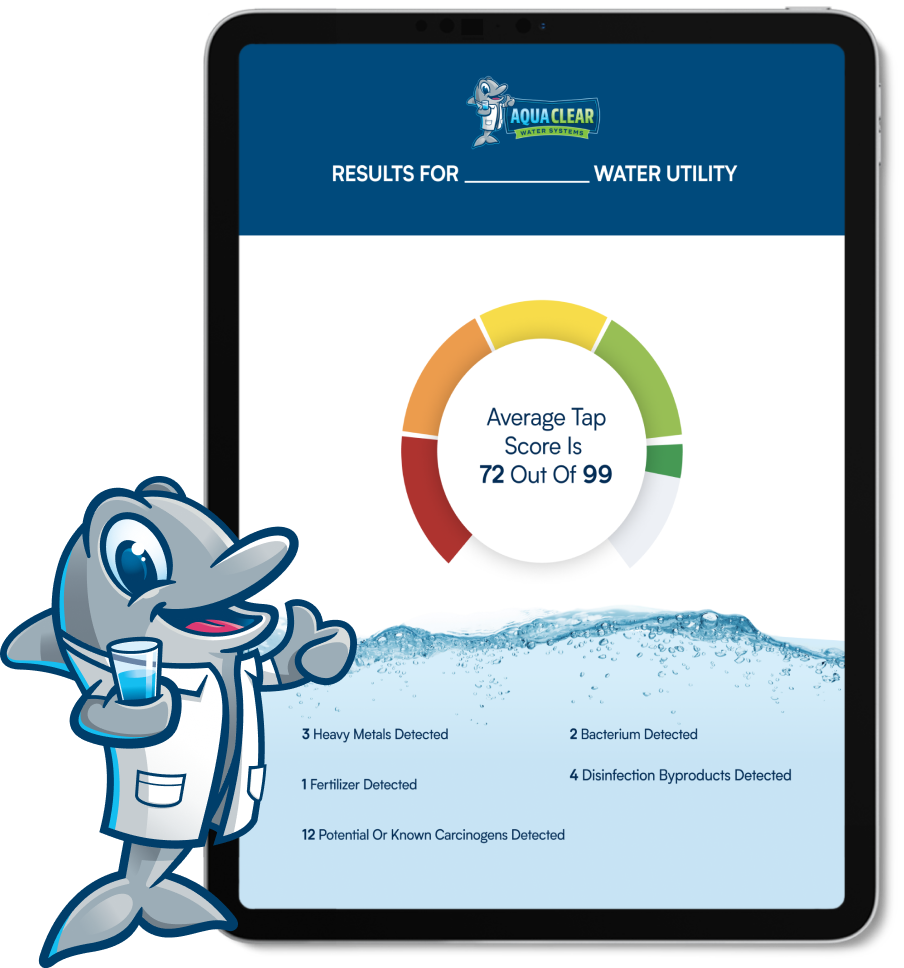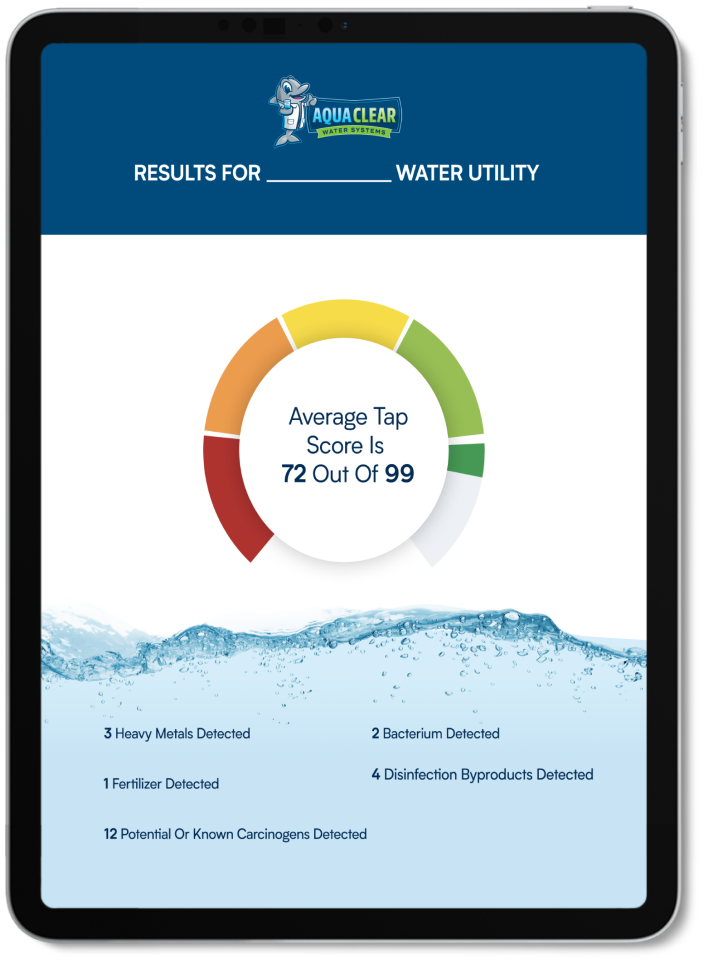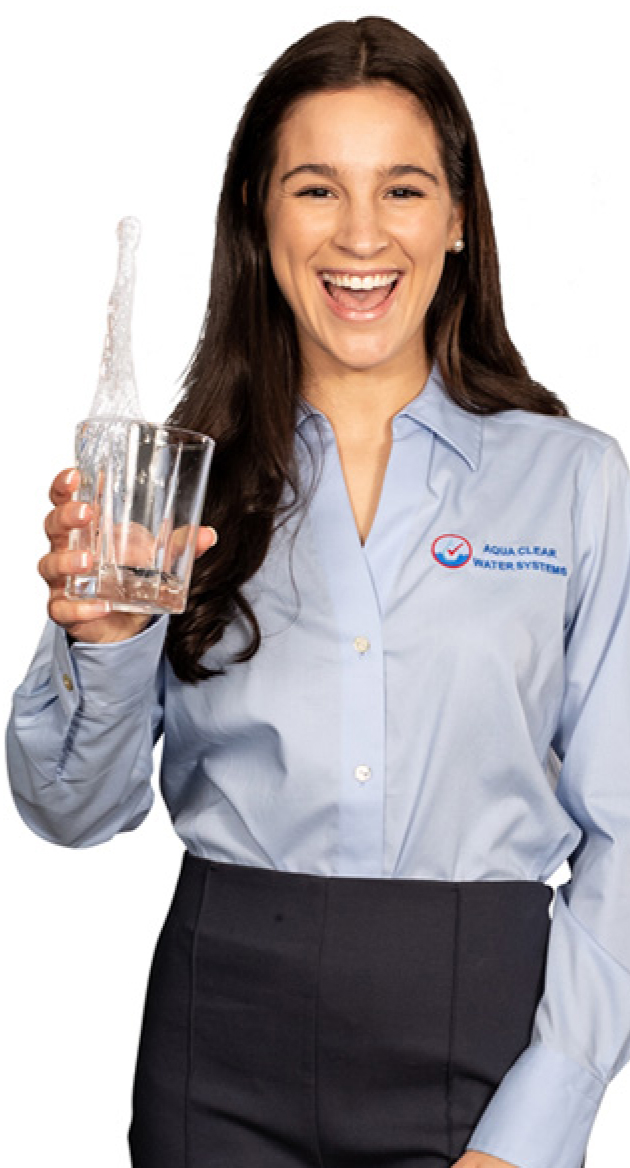Reverse Osmosis vs. Water Softener
Treat your water well, and it’ll treat you well in return. The water flowing into your home might contain excess minerals, bacteria, sulfur, chlorine, or even acidity. In fact, most American homes have at least one of those issues with their water supply, and over half of homes have more than one. That’s why we recommend getting some kind of home water systems installed in your house.
But which one? All whole house water softeners are not created equal. There are different kinds to treat different issues with your water supply. If you’re struggling with acidic water, a sediment filter won’t do a thing for you. That’s why professionals will almost always either ask you if you’ve tested your water supply or offer to test it for you. Based on the most common water issues across the country, the most popular water treatment systems are water softeners and reverse osmosis filters. When might you want one or the other? When would you want or need both? We’re here to help.
